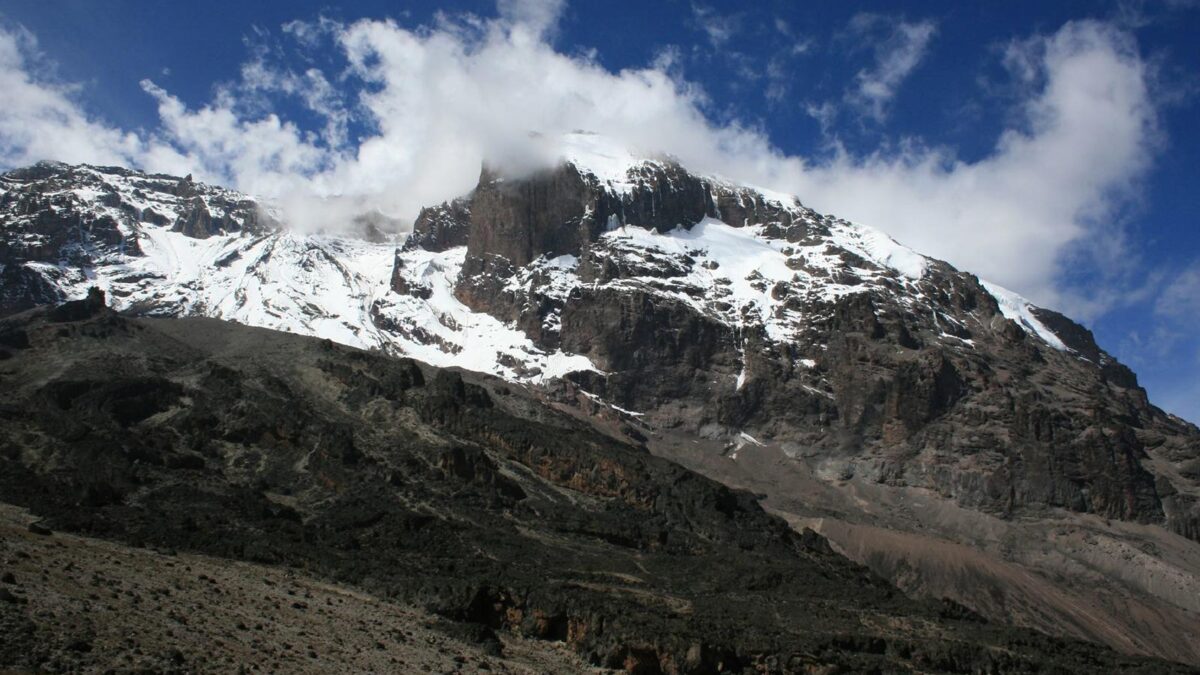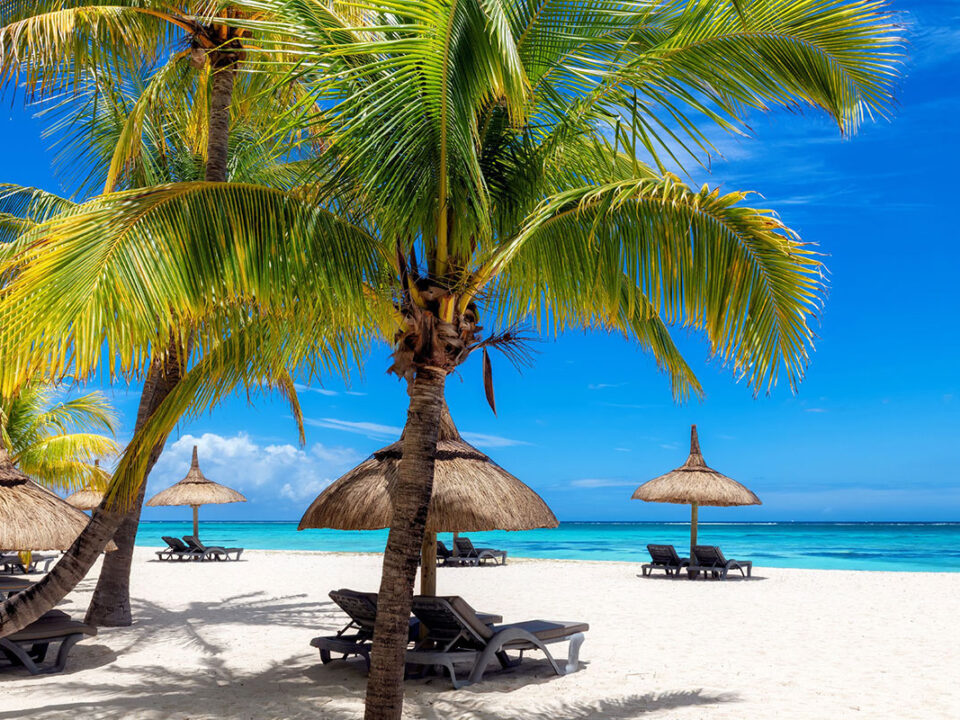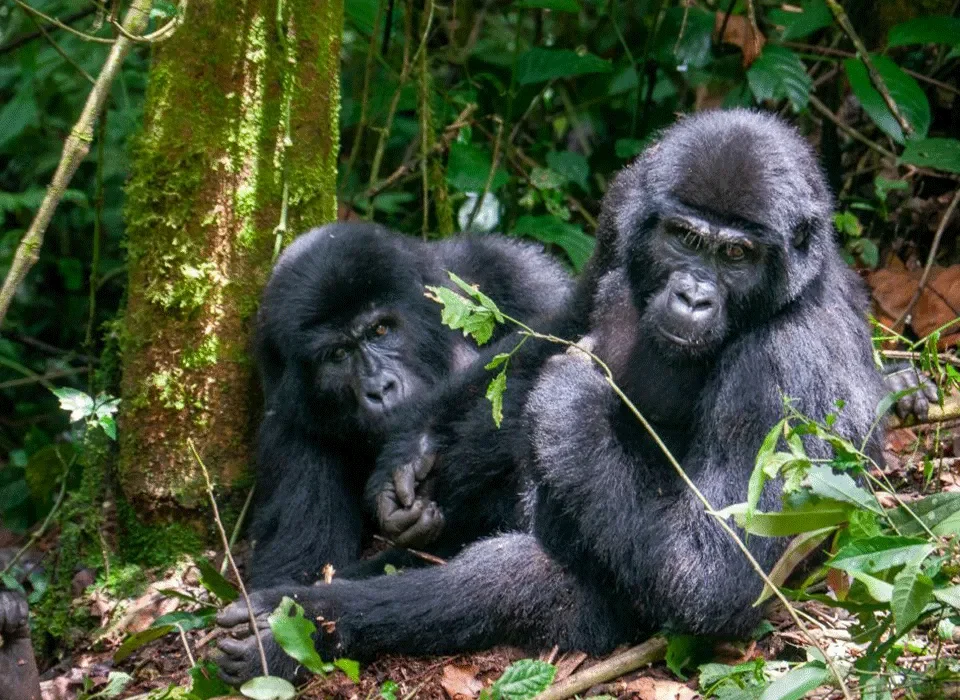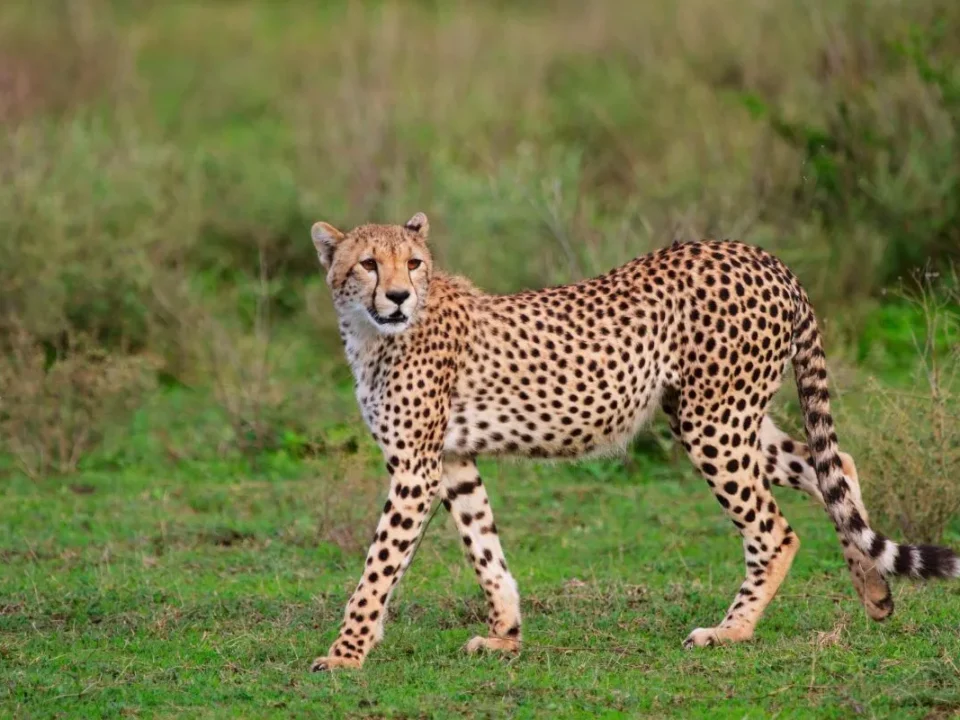Tanzania Safari to Mount Kilimanjaro National Park
Safari Tours to Gombe Stream National Park Tanzania
October 2, 2023
Kigosi National Park Tanzania
October 2, 2023Embarking on a Tanzania Safari to Mount Kilimanjaro National Park – The Epic Ascent
Tanzania Safari to Mount Kilimanjaro National Park — Prepare for an awe-inspiring journey as we delve into the wonders of Mount Kilimanjaro National Park in Tanzania. This iconic park, covering a modest 1,688 square kilometers (652 square miles), is home to one of the world’s grandest mountains, Mount Kilimanjaro. Situated in northern Tanzania, just 200 miles from the equator, this majestic mountain boasts numerous glaciers. As you embark on this Tanzania safari adventure, be prepared for an incredible hiking experience filled with diverse climates and unmatched natural beauty.
Understanding the Park’s Location and Climate
Mount Kilimanjaro, despite its relatively small park size, is a colossal presence in Tanzania. Nestled in the northern region of the country, it stands as a formidable natural wonder. The park’s proximity to the equator and its dramatic elevation changes result in varying climates. At the mountain’s base, lush rainforests dominate, characterized by high humidity and abundant rainfall. As you ascend, the environment transitions, leaving behind the dense forests for dryer, clearer air and much colder temperatures. The summit area is known for its chilly climate, with an average temperature hovering around -7°C (19°F).
Choosing the Ideal Time to Visit
While Mount Kilimanjaro is accessible throughout the year, the mountain’s weather patterns can be unpredictable. For the best climbing conditions, plan your ascent during the dry season, typically from late June to October. This period offers more favorable weather for a successful climb.
Accessing Mount Kilimanjaro
To embark on your Mount Kilimanjaro adventure, you can book a tour or climb with Trek Africa Expeditions from Arusha, which is approximately 45 kilometers (28 miles) away. Kilimanjaro International Airport serves as the primary gateway to the region, connecting travelers to Arusha and beyond.
Preparing for Your Kilimanjaro Expedition
Climbing Mount Kilimanjaro is a challenging endeavor, and while many attempt to reach its summit, only about 50% successfully complete the climb. However, this doesn’t diminish the experience or the beauty of the mountain. To maximize your enjoyment and safety, take into account the mountain’s harsh conditions. You should be in reasonably good physical shape and avoid rushing the climb, allocating at least six days for the ascent. Despite your fitness level, remember that extreme cold and high altitudes can affect even the most seasoned climbers. Symptoms of extreme altitude sickness, such as headaches, nausea, diarrhea, and loss of appetite, should be taken seriously.
Ensure you have appropriate cold-weather clothing and gear, including a high-quality sleeping bag, as well as an ample supply of water bottles. While Mount Kilimanjaro’s grandeur is breathtaking, it demands respect and proper preparation.
Discovering the Magnificence of Mount Kilimanjaro
Visiting Mount Kilimanjaro promises to be one of the most remarkable experiences of your African holiday. Few summits around the world match its fame or its ability to evoke the awe-inspiring beauty of our planet.
Conquering the Mighty Mount Kilimanjaro
Climbing Mount Kilimanjaro, Africa’s tallest peak at 5,896 meters, is a dream sought by many adventurers. We offer various climbing durations to suit your preferences. Over the years, individuals with various abilities, including those with disabilities supported by charitable organizations, have undertaken this challenge. For the physically fit, Kilimanjaro remains an enticing challenge, but keep in mind that only about 70% successfully reach the summit.
Africa’s highest mountain is proudly located at the northeastern tip of Tanzania. Ascending Mount Kilimanjaro is an adventure that leads you from the equatorial jungle’s mist to the summit’s snowy expanse, delivering breathtaking views along the way.
Activities in Mount Kilimanjaro
Your upward journey unfolds through ever-changing forests that transform with the altitude, ultimately revealing open moorlands beneath the snow-covered Kibo plateau. Mount Kilimanjaro boasts three volcanic centers: Shira, Kibo, and Mawenzi. Climb durations of 5, 7, and 8 days are easily arranged from Moshi or Arusha, offering the perfect start to your Tanzanian adventure.
When Is the Best Time for a Mount Kilimanjaro Climb?
While it is possible to climb Mount Kilimanjaro year-round, keep in mind that Christmas and New Year are typically fully booked, and the rainy season occurs in April, May, and November.
Safety Considerations
Climbing to such high altitudes poses potential health risks. Consult with your doctor to fully understand the dangers associated with high-altitude climbing. Your safety and well-being should be a top priority during this extraordinary adventure.




